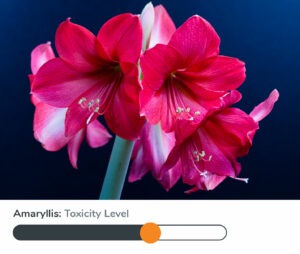Pets are curious creatures. When they spot a fascinating flower or purr-culiar plant, they can’t help but chew on the leaves or sniff its fresh aroma. Just like us humans, pets also “stop and smell the roses” at times. Cats, in particular, can’t resist but to rub shoulders (or chins) with their flora-licious friends.
No harm in that, right? Well, believe it or not, when your furry friend and a poisonous plant get too well acquainted, it could turn into a deadly encounter.
5 of the most poisonous plants to pets:
-
Aloe Vera
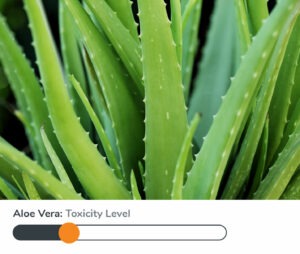
Aloe Vera might have a good reputation amongst humans because of its healing properties, but when it comes to pets, it’s a no-go!
Dogs and cats might experience the following symptoms when they eat Aloe Vera:
- Vomiting
- Diarrhoea
- Changes in urine colour
2. Carnations
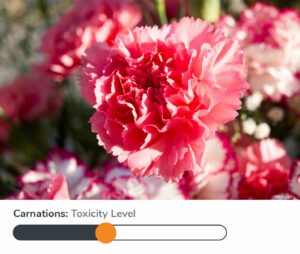
If your pet even just rubs a chin against this flower, s/he might experience the following symptoms:
- Skin rashes
- Vomiting
- Drooling
In general, the symptoms are mild to moderate.
3. Daffodils
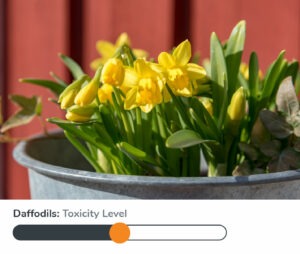
These beautiful, yellow bulbs are a vision indeed, but their toxicity leaves their beauty questionable. Just like Amaryllis, Daffodils contain lycorine. If the bulbs are eaten, symptoms may include the following:
- Shivering
- Dizziness
- Seizures
4. Azaleas
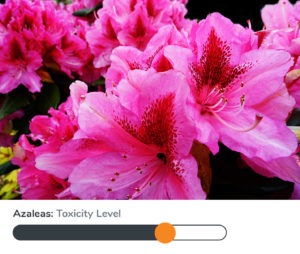
This plant is a garden favourite. Although it might give your garden a luxurious look, it’s dangerous to animals. Even farm animals, like horses and sheep, could experience the following symptoms after ingestion:
- Depression
- Weakness
- Blindness
- Leg paralysis
- Diarrhoea
5. Amaryllis
We all know the saying, curiosity killed the cat, and yes, with these plants it could end up being true. The most unfortunate part is that felines tend to “feed” their curiosity by taste.
Your furry one can be poisoned by nibbling on the flowers, stems or leaves of the plant, but especially the bulbs, all containing lycorine, which may lead to the following symptoms:
- Abdominal pain
- Tremors
- Excessive drooling
- Loss of appetite
Other deadly plants to keep out of reach of your pet’s paws:
• Begonia
• Castor bean
• Chrysanthemum
• Cyclamen
• Gladiola
• Hosta
• Ivy, including the following: California, Branching, Glacier, Needlepoint, Sweetheart and English
• Lilies
• Milkweed
• Morning Glory
• Oleander
• Poinsettia
• Pothos
• Sago palm
• Tomato plant
Tips to protect pets against plant poisoning
- Before you buy a new plant, do some research. Make sure it’s not poisonous to your pets or to other people. Ask your local nursery for specifications on the plants you want to purchase.
- If your pet eats a toxic plant, or appears to be salivating or in distress after chewing on a plant, contact your vet immediately! Don’t use your own home remedies to treat a poisoned pet.
- Ensure that your pets always have plenty of fresh water available (to avoid the temptation of chewing on leaves for moisture).
- Make sure that your pets have enough toys to keep them busy and out of trouble.
Now that you know which plants to avoid, why not rather invest in some African Violets or Phalaenopsis Orchids? They’re easy on the eyes and edible 😉
If your pet accidentally eats a poisonous plant, make sure that you are covered for those expensive vet bills. Get a pet insurance quote in less than 5 minutes right now! Click/tap here for a quick quote.
Like this blog? Read these:
• How do you know your pet has been poisoned? Find out here.
• WARNING: Over 1,000 dogs poisoned per week in SA!
• Cat flu – the silent puppy killer



